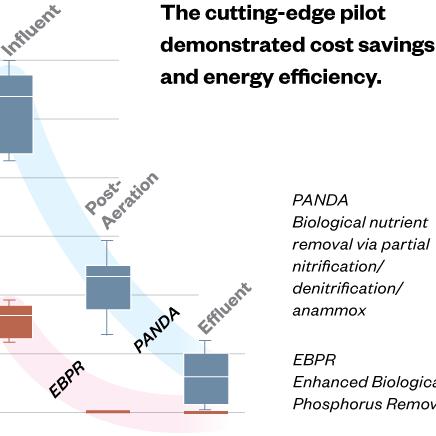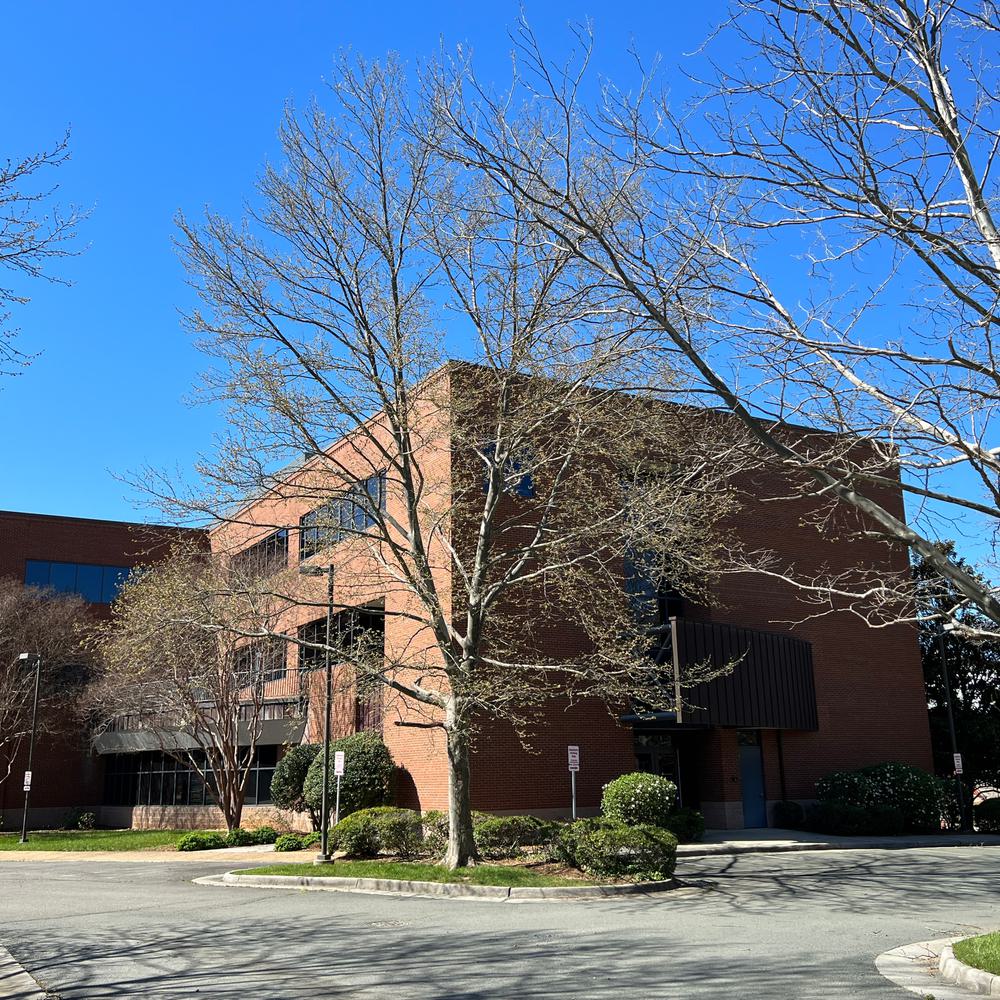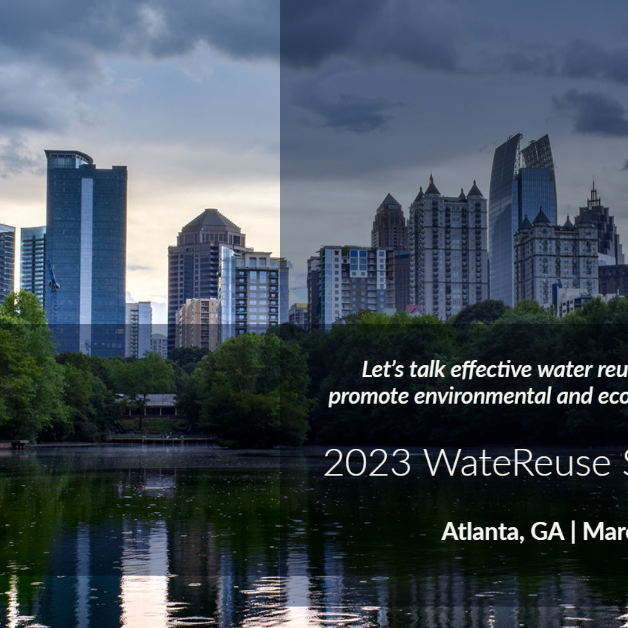Defying the “Limit of Technology”: Reducing Effluent TN to Low Levels using Conventional Strategies
Last Modified Aug 01, 2022

The Findings
Municipal water reclamation facilities (WRFs) across the Country are under increasing regulatory pressure to reduce effluent total nitrogen (TN) to levels below 3.0 milligrams per liter (mg/L). To ensure compliance with these regulatory requirements, conventional wisdom suggests that advanced technologies, including tertiary membrane processes, are necessary. These processes can reduce effluent TN to levels well below 2.0 mg/l, however, implementation can result in an order-of-magnitude increase in greenhouse gas emissions per mass of additional nutrient removal. Newer technologies also require significantly higher capital and operating costs compared to conventional nutrient removal technologies.
However, there are examples of WRFs using conventional technology to reliably remove TN to 1.5 mg/L on an annual average basis. This abstract reviews five such WRFs – two facilities consistently meet an average effluent TN of less than 1 mg/L, and three meet an average effluent TN of less than 1.5 mg/L.
Based on the review of these WRFs, there are three environmental and eight operational factors that facilitate meeting low nitrogen limits without advanced technologies. Although there is no “one size fits all” answer to achieve very low concentrations of effluent nitrogen, these WRFs demonstrate that it is possible. Confounding factors like less than optimal influent characteristics and industrial input may limit the capability of a particular facility. However, the design and operational similarities of the facilities reviewed as part of this abstract provide areas that can be further explored to optimize nitrogen removal with conventional technology.
The Facilities
The facilities chosen for this discussion are located in Central Florida, North Carolina, and Virginia and include the following:
- Greenwood Lakes WRF – Seminole County, Florida
- Yankee Lake WRF – Seminole County, Florida
- Reedy Creek WRF – Reedy Creek Improvement District, Florida
- Culpeper WRF – Culpeper, Virginia
- Hillsborough WRF – Hillsborough, North Carolina
The Factors
Review of the WRFs treatment processes, water quality data, and operational and control methodologies helped identify environmental and operational factors that allow the WRFs discussed in the prior section to achieve effluent TN levels below 1.5 mg/L. Below are three environmental factors that affect removal of TN that are generally outside of the control of operations, and seven operational factors, which are generally within the control of design and/or operations.
Environmental Factors
- Influent temperature – Wastewater temperature can affect nitrogen removal performance.
- Influent characteristics – Denitrification typically requires between 4 and 6 grams of readily biodegradable organic carbon per gram of nitrate removed. Therefore, the presence of sufficient, readily biodegradable carbon in the influent is critical.
- Organic nitrogen fraction – Four of the five facilities reported effluent organic nitrogen levels of 1.0 mg/L or less.
Operational Factors
- Influent equalization – Influent flow equalization can benefit biological nutrient removal (BNR) processes by equalizing daily flow and waste strength and allowing the process to operate closer to steady-state conditions.
- Operating capacity versus design capacity – Four of the five WRFs examined were operating at 2/3rds or less than design capacity.
- Biological phosphorus removal – From a nitrogen removal perspective, conventional biological phosphorous removal (BPR) systems can represent a sink on the carbon pool available for denitrification. Therefore, balancing available carbon with both denitrification and BPR demand is necessary to avoid excessive dosing of supplemental carbon.
- ORP/Nutrient based aeration control – The goal of nutrient based control is usually to reduce aeration costs, but it has also been shown to increase nitrogen removal capacity and minimize the use of supplemental carbon.
- Continuous wasting from the biological process – Continuous wasting helps to maintain a more stable solids retention time and food to mass (F/M) ratio within the BNR process.
- Sidestream management – Sidestream nitrogen loads from BNR WWTPs that have anaerobic digestion can account for greater than 10-20 percent of influent nitrogen. Since solids recycle streams also have low biodegradable carbon, they often reduce the BOD: TKN ratio to the BNR process, resulting in reduced nitrogen removal efficiency and greater reliance on external carbon.
- Tertiary filtration and denitrification processes – The importance of tertiary deep bed filters in meeting low effluent TN concentrations is twofold: further solids removal results in decreased effluent particulate organic nitrogen, and operating the filters in a denitrification mode provides further nitrate and nitrite removal.
The poster will further explore which site-specific factors appear to be more important to the plant’s ability to meet TN limits below 1.5 mg/L. For example, at the Hillsborough WRF, the operations staff modified their process configuration to enlarge the first anoxic zone, and as a result, their effluent TN has consistently been below 1.5 mg/L for 500 days. This effluent TN level is being achieved without having to add supplemental carbon.











